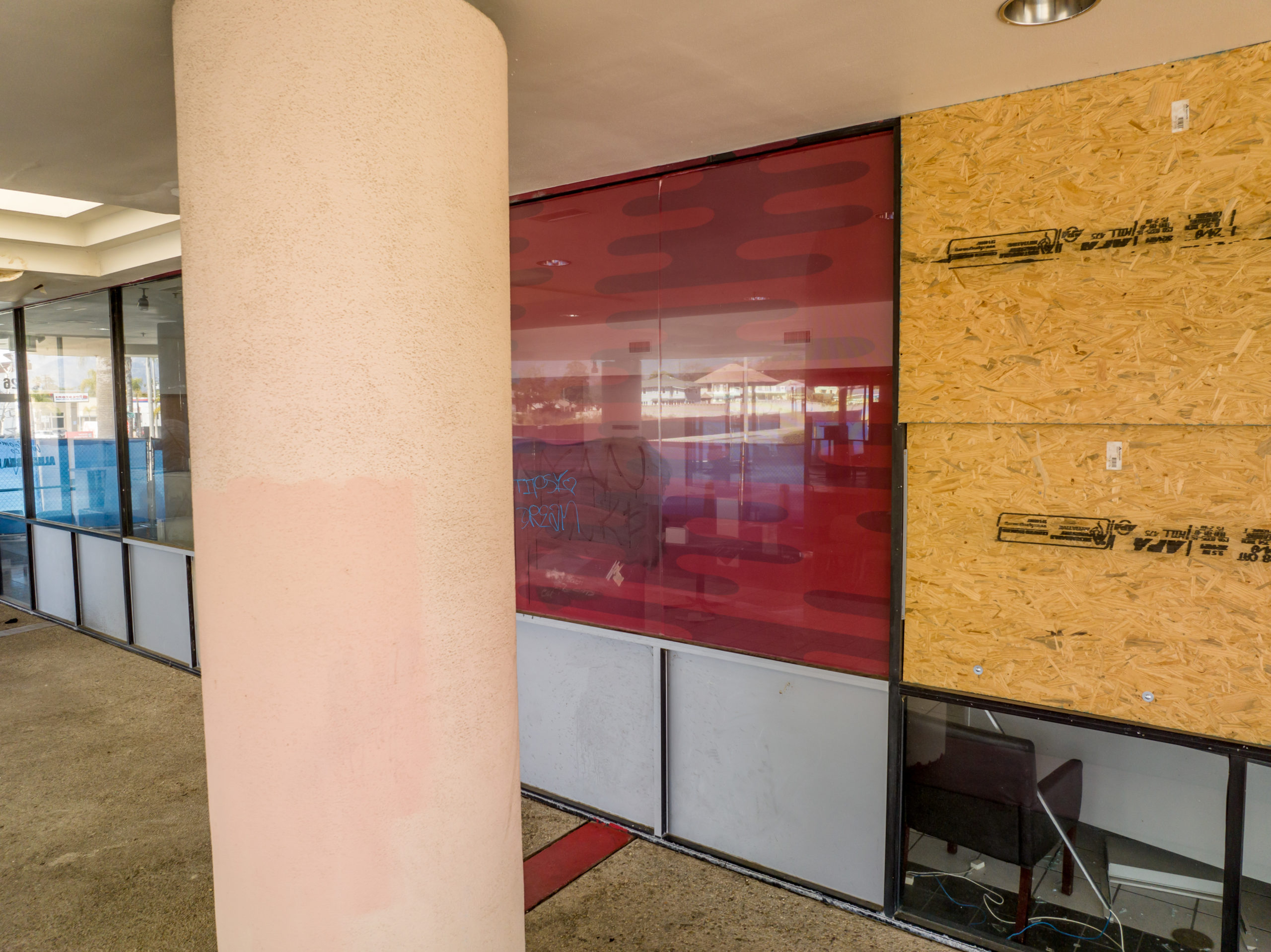Crime scene investigation plays a crucial role in gathering evidence and reconstructing events to ensure accurate and just outcomes. Traditional methods of investigation are often time-consuming, labor-intensive, and may have limitations when it comes to capturing the full scope of a crime scene. However, with the emergence of drone technology, law enforcement agencies are now able to enhance the accuracy and efficiency of their investigations. In this article, we explore how drones are revolutionizing crime scene investigation and the benefits they offer in terms of accuracy and efficiency.
Comprehensive Aerial Perspective:
One of the primary advantages of utilizing drones in crime scene investigation is the ability to obtain a comprehensive aerial perspective. Drones equipped with high-resolution cameras and sensors can capture detailed imagery and videos of the crime scene from various angles and altitudes. This provides investigators with a broader view of the scene, enabling them to document and analyze the spatial relationships between objects, evidence, and the surrounding environment. The aerial perspective obtained through drones ensures that no vital detail is overlooked, enhancing the overall accuracy of the investigation.
Precise Documentation and Mapping:
Drones offer precise documentation and mapping capabilities, which are crucial for crime scene investigation. With the help of advanced imaging technologies, such as photogrammetry and orthomosaic mapping, drones can generate highly accurate 2D and 3D models of the crime scene. This allows investigators to create detailed maps, measure distances and dimensions, and accurately reconstruct the scene. The precise documentation provided by drones enhances the accuracy of crime scene analysis and facilitates a more thorough understanding of the events that took place.
Efficient Evidence Collection:
Collecting evidence is a critical aspect of crime scene investigation, and drones significantly improve the efficiency of this process. Drones can be equipped with specialized cameras and sensors, such as infrared and multispectral imaging, which aid in identifying and capturing evidence that may not be visible to the naked eye. Additionally, drones can quickly and systematically scan large areas, reducing the time and effort required for manual evidence collection. This efficiency allows investigators to gather a more comprehensive range of evidence, increasing the chances of identifying crucial information that can support the investigation.
Remote Access to Challenging Areas:
Crime scenes can often include challenging or hazardous areas that are difficult for investigators to access. Drones offer a safe and efficient solution by providing remote access to such areas. Whether it’s a crime scene in rugged terrain, a hazardous environment, or a hard-to-reach location, drones can navigate these spaces and capture essential evidence without putting investigators at risk. By using drones, law enforcement agencies can access every part of the crime scene, ensuring a more thorough investigation and accurate analysis.
Enhanced Collaboration and Documentation:
Drones facilitate enhanced collaboration and documentation among investigative teams. Real-time video streaming capabilities allow multiple investigators to observe the crime scene simultaneously and communicate effectively. This immediate access to visual information enables collaborative decision-making and ensures that all team members have access to the same accurate and up-to-date data. Furthermore, the data captured by drones can be easily stored, cataloged, and shared digitally, providing a comprehensive record of the crime scene for future reference, analysis, and courtroom presentation.
Conclusion:
The integration of drones in crime scene investigation brings significant improvements to the accuracy and efficiency of the process. By providing a comprehensive aerial perspective, precise documentation and mapping, efficient evidence collection, remote access to challenging areas, and enhanced collaboration, drones empower law enforcement agencies to conduct more thorough and accurate investigations. As technology continues to advance, the use of drones in crime scene investigation will undoubtedly become a standard practice, revolutionizing the way crimes are analyzed, evidence is collected, and justice is served.
